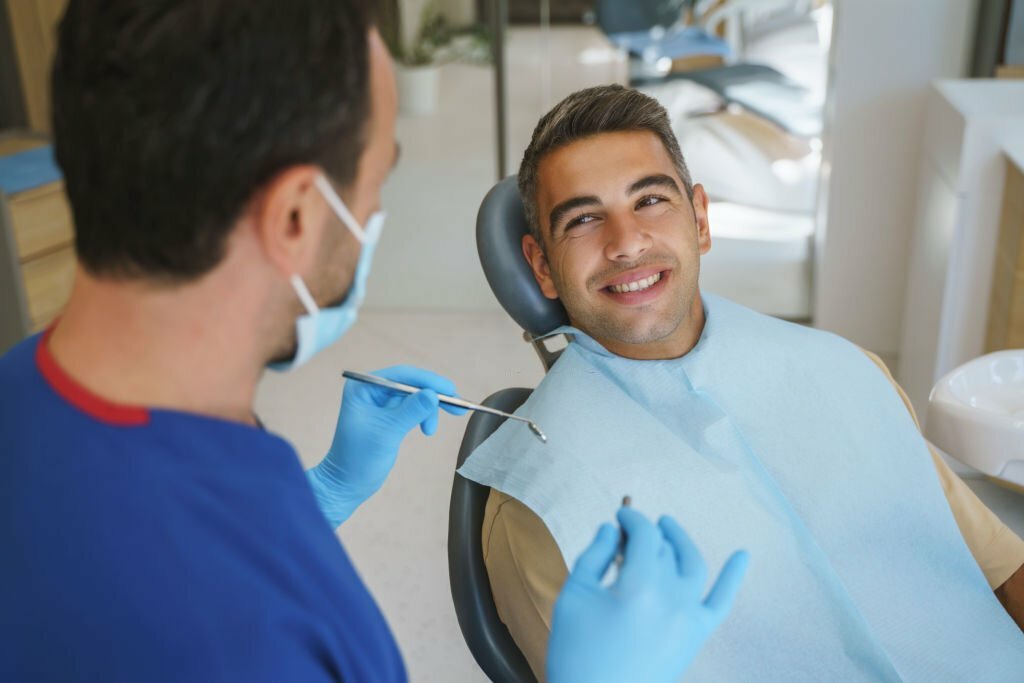Do you know? Proper sterilization of dentistry instruments procedure can prevent about 2.3 million infections yearly. And—an average of $2 billion can be saved in healthcare bills. Sterilization of instruments plays a vital role in dentistry to stop the spread of infections and protect the health of patients and staff. When Dental Instrument comes in contact with bodily fluids such as blood or saliva, there is a significant chance of contamination if they are not adequately sterilized.
Why is Dentistry Instruments Sterilization Important?
Several instruments are used during dental procedures, including forceps, mirrors, scalers, and handpieces. These tools can potentially transmit infectious bacteria when they come into contact with a patient’s blood and saliva.
Toxic infections spread from patient to patient if these devices are not sterilized. The following micro-organisms can be the causing agents:
- Bacteria
- Viruses
- Fungi
Dentists must follow strict sterilizing guidelines to avoid cross-contamination. Maintaining the trust and reputation of dental operations is as important as protecting patient’s health through proper sterilization.
Cleaning
Cleaning dental instrument is essential to maintaining proper hygiene and preventing the spread of infection. It involves thorough cleaning, disinfection, and sterilization to ensure the instruments are safe for reuse.
The process typically includes pre-cleaning to remove debris, manual cleaning to remove organic matter, disinfection using appropriate solutions, and sterilization using methods like autoclaving.
Proper cleaning protocols should be followed, including using suitable cleaning agents and equipment, wearing personal protective equipment, and maintaining a clean and organized workspace. Regular cleaning of dental instrument is crucial for patient safety and the overall effectiveness of dental procedures.
Ultrasonic Cleaning
Although it is a crucial stage in the cleaning process before sterilization, ultrasonic cleaning is not a sterilization technique in and of itself. An ultrasonic cleaner with a cleaning solution is used to clean instruments.
Tiny bubbles created by high-frequency sounds burst and eliminate junk, such as blood, saliva, and other organic components. The subsequent sterilizing techniques become more effective by going through this pre-cleaning procedure.
Standard Dentistry Equipment Sterilization Techniques
Autoclave Sterilization
Autoclaving is the most popular way to sterilize dental instrument. It includes heating the instruments to about 121 and 132°C (250 and 270°F) with high-pressure saturated steam. This sterilization method ensures that tools are appropriately disinfected by eliminating bacteria, viruses, and germs. Generally, the procedure takes 15 to 30 minutes, depending on the load and model of the autoclave.
Chemical Sterilization
Dentist instruments can be sterilized using chemicals like hydrogen peroxide and glutaraldehyde. When an autoclave is unavailable or heat-sensitive devices need to be fixed, chemical sterilization is frequently done.
It’s essential to remember that different chemical agents have different levels of sterilizing power. Carefully follow the manufacturer’s guidelines to ensure effective sterilization and avoid any instrument damage.
Dry Heat Sterilization
Dry heat sterilization uses conductivity to transfer heat energy to destroy microorganisms. Dentistry equipment is heated to temperatures between 160 and 180°C (320 and 356°F) for a specified period in an oven.
This method works well for sterilizing instruments not damaged by high temperatures, but it usually takes longer than autoclave sterilization.
Best Practices for Dental Instrument Sterilization
To ensure proper sterilization and maintain patient safety, dental practitioners should follow these best practices:
Use of Personal Protective Equipment (PPE)
Dental professionals must wear proper personal protective equipment (PPE), such as gloves, masks, and eyewear, before handling contaminated dentistry instruments to reduce the risk of exposure to potentially infectious materials.
Separation of Clean and Contaminated Areas
To avoid cross-contamination, separate areas for contaminated and clean instruments must be established. Ensure that dentist instruments are stored until they are ready for use to preserve their sterility.
Adherence to Manufacturers’ Instructions
Strictly follow the manufacturer’s maintenance, sterilization, and cleaning instructions for your instrument. Dentistry equipment service life and efficacy greatly depend upon proper handling and maintenance.
Regular Monitoring and Documentation
Develop an accurate tracking system to ensure the sterilizing procedure is successful. For every sterilization cycle, note important details such as temperature, exposure duration, cycle parameters, and load contents.
Continual Staff Training
Regular training sessions and seminars should be conducted to update dental staff on the latest sterilization techniques, best practices, and emerging sterilization-related guidelines.
By implementing these best practices and selecting appropriate sterilization techniques, dental practitioners can enhance patient safety and maintain a high standard of care.
Conclusion
Dental professionals should follow sterilization processes properly and use the techniques to eradicate harmful bacteria and control the highest infection levels. Maintaining consistent methods for sterilization and reducing the risk of cross-contamination involves regular training, continuous monitoring, and strict compliance with guidelines.
To maximize the sterilization process, it’s also critical to invest in top-notch sterilization equipment and to keep the sterilization environment tidy and orderly. By prioritizing sterilization, dental professionals can significantly contribute to a safe and healthy dental environment.
FAQs
Q. How are dental instrument sterilized?
A. Sterilization is achieved by applying high heat (between 300 and 375 degrees Fahrenheit) for 12 to 15 minutes.
Q. What are the reasons for sanitizing dental tools?
A. Dental equipment should be cleaned and sterilized to eradicate bacteria and germs, preventing their spread from patient to patient.
Tags: dental instrumentsdentistry equipmentSterilization Techniques

